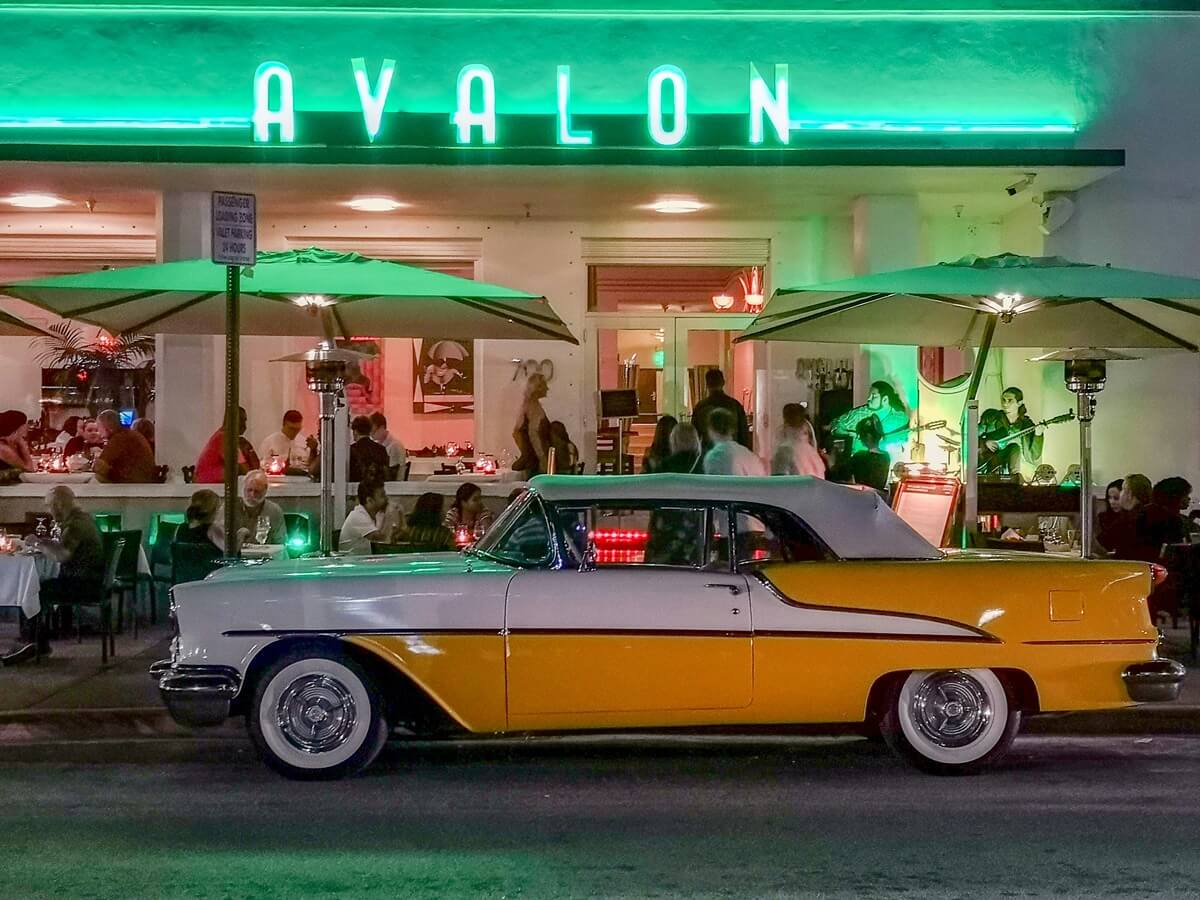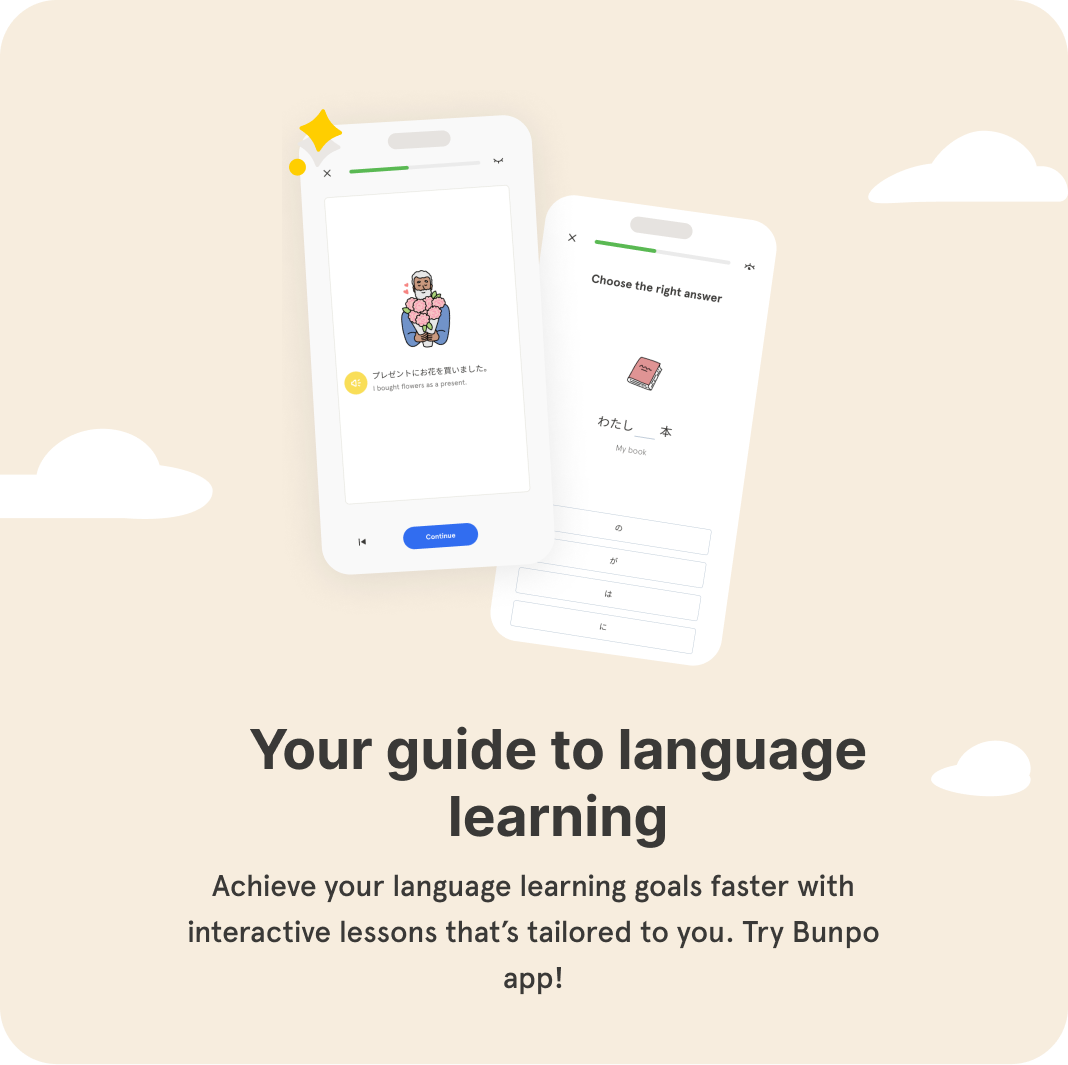
If you want to learn Spanish in an enjoyable, immersive way, skip the classroom and dive straight into Miami’s streets—especially the ones lined with ventanitas, taquerías, and family-run Latin restaurants. This city isn’t just a melting pot — it’s a full-blown cazuela of cultures, where food becomes your passport to discovering both the language and the people who speak it.
How to Turn Meals into Lessons
1. Start with the Ventanitas
These tiny walk-up coffee windows are a Miami staple, especially in Cuban neighborhoods like Little Havana. Order a café con leche or colada, and you’ve already taken your first Spanish lesson. People here don’t just grab coffee and rush away — they linger and talk. That gives you an excellent, low-pressure chance to practice short conversations. Start with:
- Buenos días. ¿Me das un cortadito, por favor?
- ¿Cuánto cuesta?
- Gracias. Buen día.
This is real language in action, and it’ll stick better than any flashcard.
3. Chat With the Staff
Many of Miami’s restaurant workers are native Spanish speakers. Be sincere. Say you’re a student and that you’d love to practice — people usually appreciate the effort. You can pick up expressions and slang that never show up in an app lesson. For example:
- ¿Está picante? — Is it spicy?
- ¿Qué me recomiendas? — What do you recommend?
- ¡Está riquísimo! — It’s delicious!
It’s not just food vocabulary — it’s how to connect.
4. Explore Neighborhoods, Not Just Dishes
Want to hear Colombian Spanish? Head to West Kendall. Mexican? Try Homestead or Hialeah. Venezuelan? Doral is your spot. Each community has its own slang, accents, and food traditions. By eating your way through Miami, you’re not just learning a language — you’re learning its variations, its context, and its soul.
5. Take Notes (Yes, Really)
After every meal, jot down the words you heard, their meanings, and any phrases you picked up. You don’t need a formal system — just something to help it stick. Keep those notes with your other Spanish study tools and you’ll learn faster.
Bottom Line
You don’t need to travel across Latin America to learn Spanish. In Miami, every meal is a lesson, and every conversation over food is a chance to pick up something new. So grab a fork, open your ears, and start learning the language one bite at a time.



